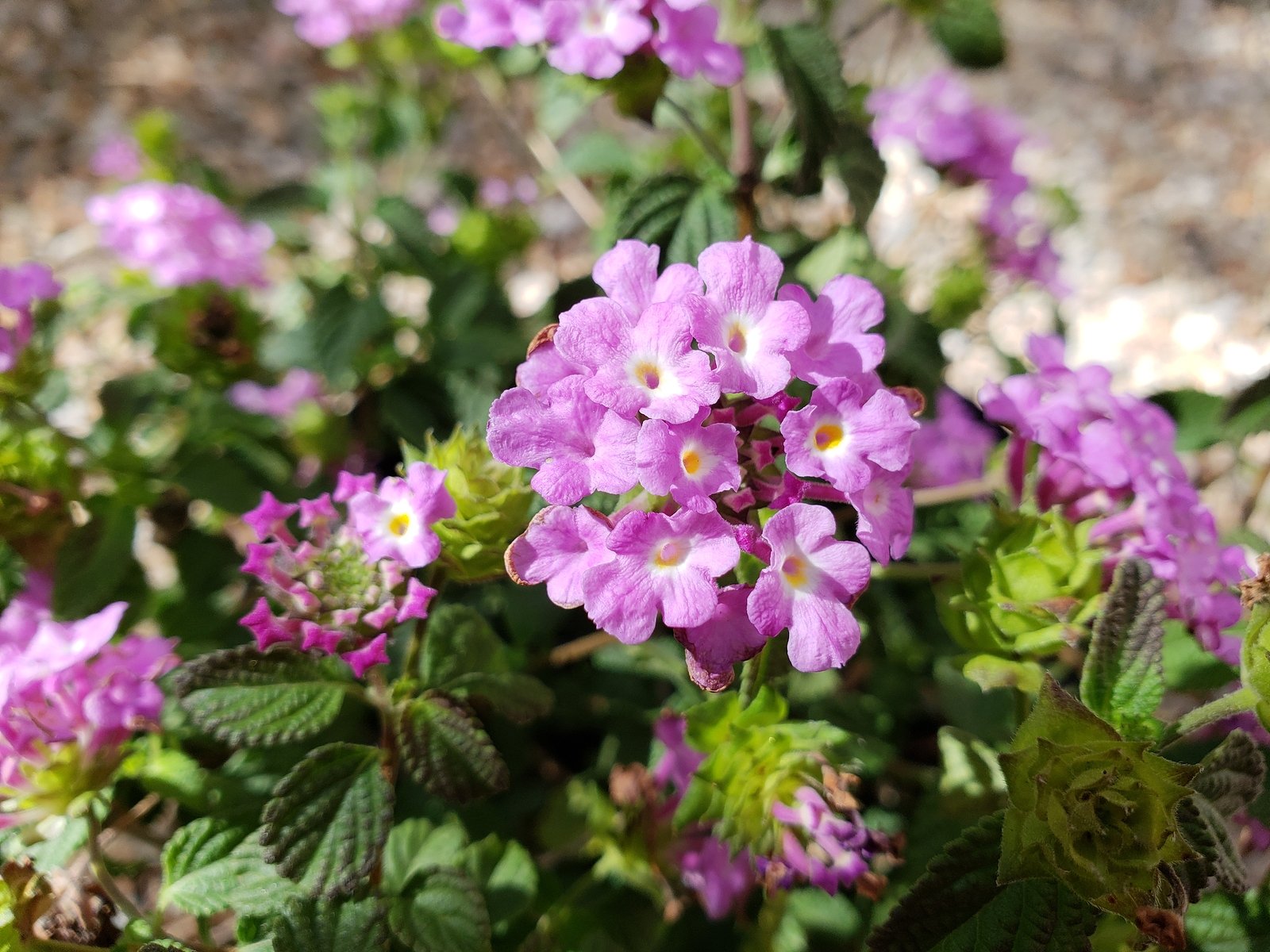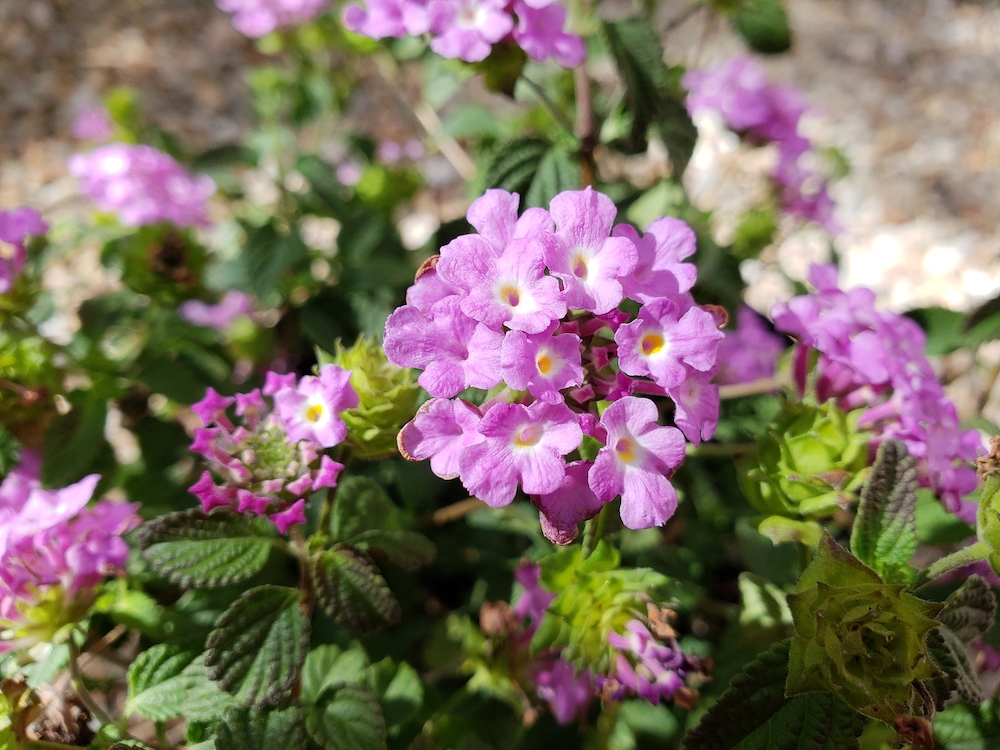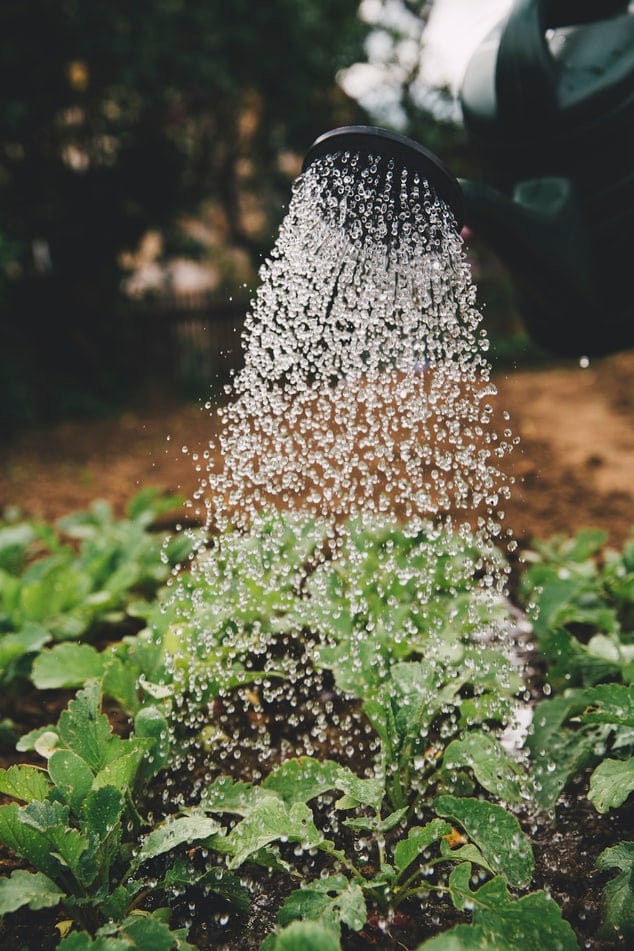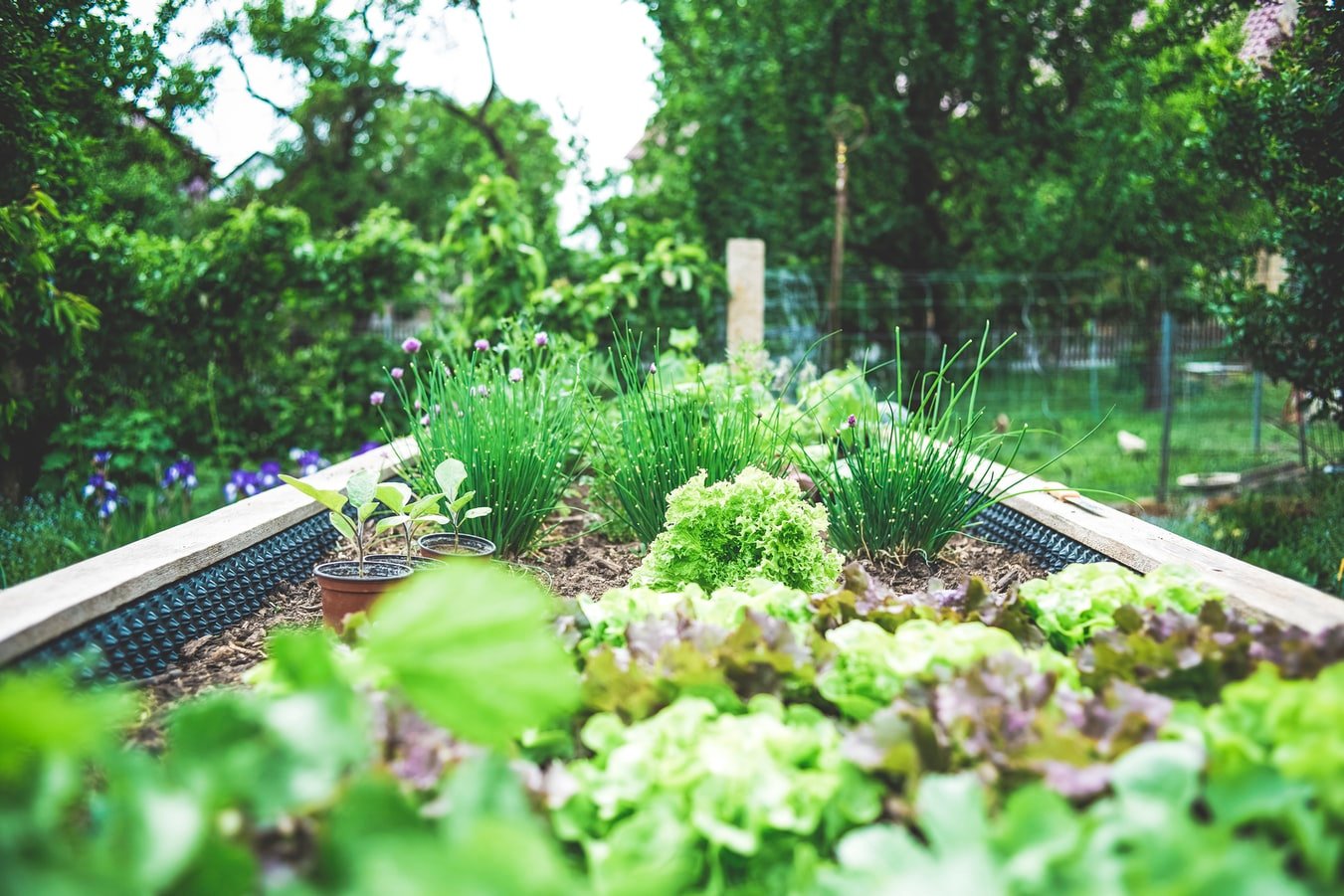When you hear the term xeriscape, you may picture a landscape of rocks and gravel, with a few hardy bushes or cacti in a vast, dry desert. While it is true that the hallmarks of xeriscaping are the use of drought-tolerant plants and water efficiency, it is actually a highly effective and versatile landscaping option for all climates and regions.
The xeriscaping trend began in the Western United States. In fact, the xeriscaping was invented in Denver, Colorado by Denver Water in 1978, as a means of conserving water in the area during a drought in the 1970s and '80s. The trend has since expanded and been adopted by forward-looking communities across the nation.
Xeriscaping Fundamentals
Xeriscapes use drip irrigation, soil improvement, local plant life, and insulating mulch to create verdant-looking landscapes with a fraction of the water usage required by conventional green lawns. Drought-resistant local plants keep water needs low, and water is dripped directly onto the soil at the base of each plant through irrigation lines, thus preventing large scale evaporation of water common with standard sprinkler systems.
A xeriscaped yard does not mean doing away with all green areas. It is more accurate to say that xeriscaping is a holistic review of the different components in your landscape, and how they work within the existing environment. Plant species and locations are considered based on their sunlight and water needs, and ideal vegetation will vary based on slope, climate, soil, and sunlight. Unsurprisingly, the type and quality of soil are important considerations when planning a xeriscape. It is good to be aware of the type of soil that naturally occurs on the land being converted, and prepare the soil if necessary. Certain soils will retain moisture better than others, and the correct soil with an added layer of mulch or moss can go a long way toward reducing evaporation.
Florida Friendly Landscaping
Xeriscaping looks different in every region, and even every yard, depending on the local climate, plant needs, and personal preferences of the landowner. So, sometimes you may see the typified stone bed hardscape with evergreen shrubs, sage, and cacti, because these plants are native to the area and will thrive in low-water conditions in the desert with minimal intervention. You may also see green layers of plants and shrubs, with a well-placed plot of green grass and a pathway between flowering lantanas and sweet acacia.
Xeriscaping in Florida, or Florida Friendly Landscaping, uses native Florida plants in a setting that allows them to thrive with minimal water requirements. Rather than sage and cactus, you can use a variety of Florida-based plants, which in addition to being drought-tolerant, are resistant to local pests, and adapted to the temperature and soil conditions. To determine which plant species work best for your landscape, look to the natural areas in your native environment, and talk to your local landscaping professionals. You can also reach our to your local universities for research and advice on native plants for your garden.
Benefits of Xeriscaping
Xeriscaping has a multitude of benefits both for individual landowners and for the environment as a whole. Although the initial cost of converting to a xeriscape can be expensive, the reduced cost of water and maintenance makes up for it. In addition, the use of native plants helps to avoid the establishment of invasive species that can be harmful to the local environment, and provides a safe haven for local wildlife that is being displaced by urbanization. There are also a number of native edible plants that you can add to your xeriscape, to make the most of your environmentally friendly landscaping.
If you are concerned about the initial investment for your conversion, it is a great idea to look into local environmental and government authorities. Some county governments will offer rebates and other cost-saving programs as an incentive to convert your property to a water-conserving model. Check out these websites for more information on Florida-Friendly Landscaping and Florida Xeriscaping, and don't hesitate to contact your local landscaping companies for more advice on the best ways to plan your xeriscaping project.






